travel to see the world, to escape everyday life, to push our boundaries, and to experience things that truly change our perspective. But very few have ever traveled into space. In fact, only 536 people in history have ever seen our beautiful planet from the vantage point of space. World View, a private spaceflight company based in Tucson, Arizona, aims to change that.
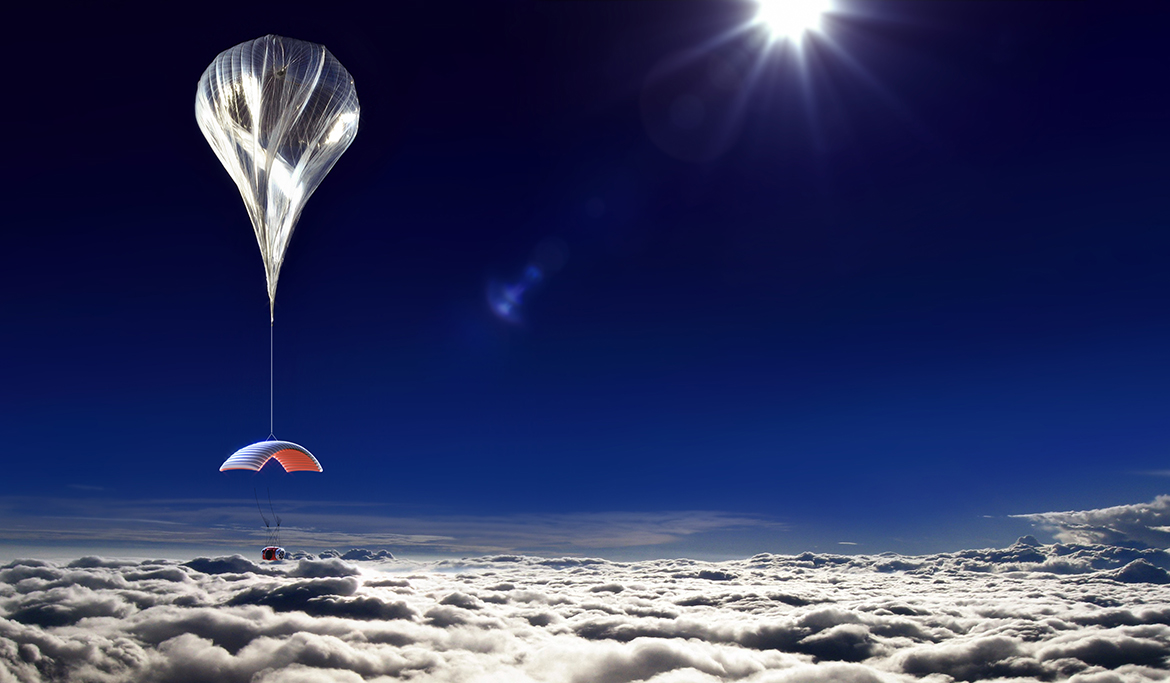
World View is developing a transformative space travel experience for the citizen explorer – one that will have you floating more than 30 kilometers above the Earth, gently ascending inside a luxury pressurized spacecraft lifted by a high-altitude balloon to float gracefully to the edge of space. This isn’t an adrenaline-laced rocket ride, as you might expect when you think about space travel. This is a peaceful trip during which you’ll look down at Earth in all its glory and see the world in a way that only astronauts have.
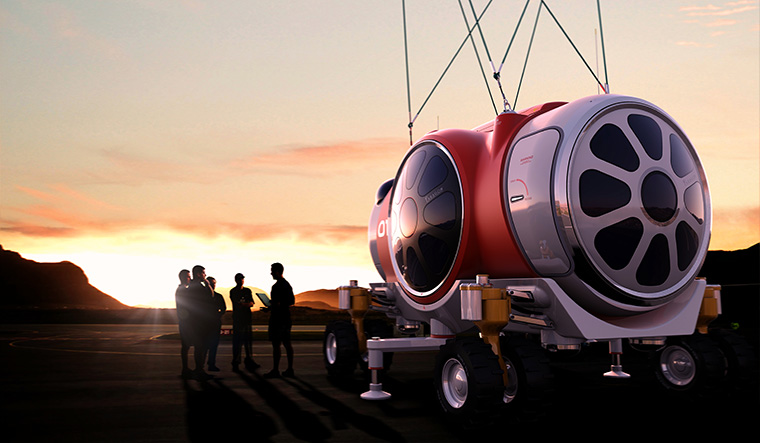
World View Voyagers, as the company refers to its spaceflight passengers, will have the unique opportunity to experience what space philosopher and writer Frank White calls the “Overview Effect,” the unexpected emotional reaction and unparalleled perspective shift that comes from seeing our planet suspended in space. World View Voyagers will have the opportunity to marvel at the curvature of the Earth, its biosphere and atmosphere, painted in saturated hues of white, blue and green against the star – studded cosmos. Once the Voyagers are 30 kilometers up, they’ll gently sail along the edge of space for two full hours.
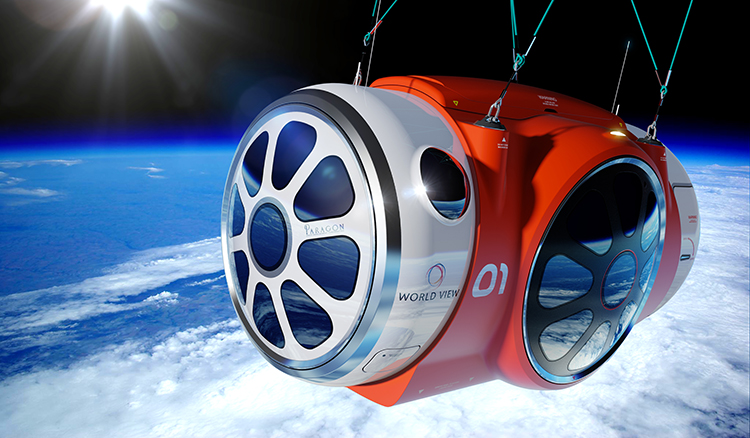
How it works
A fully pressurized space capsule that accommodates six Voyagers and two crewmembers will be lifted to the edge of space via a high-altitude balloon that, when fully inflated, is larger than a professional baseball stadium. No spacesuits are required on-board the spacecraft for Voyagers. They will be able to wear nothing but the clothes on their backs. Large panoramic windows allow for 360-degree vistas, and thanks to in-flight internet access, Voyagers will be able to share their experience with the world in real time across all social media platforms.
As Voyagers arrive at the launch site, the vehicle rests in its cradle as the high-altitude balloon is inflated with gas and inspected by the ground crew. The capsule’s design is derived from decades of experience and reliable technology providing Voyagers with a welcoming environment and a safe, comfortable journey. After a gentle liftoff, the capsule ascends for about one-and-a-half to two hours until it is atop 99 percent of Earth’s atmosphere.
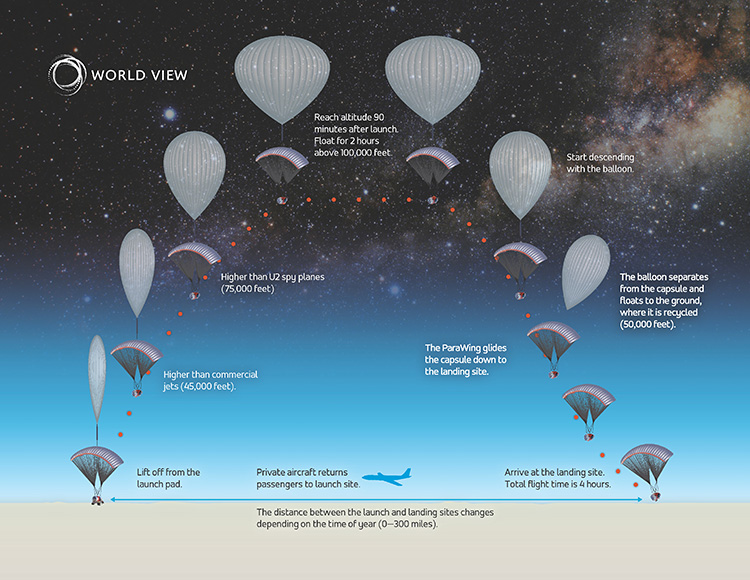
During the ascent, the gas in the balloon expands and decreases in density. Once the gas has expanded to completely fill the balloon, the ascent stops and a two-hour sailing-like experience begins. Voyagers can grab a beverage (there’s an on-board bar,) take pictures, and sit back as their jaws drop in awe of the perspective changing view. When it’s time to return to Earth, the spacecraft detaches from the balloon and begins to gently glide back down under a massive proprietary steerable parafoil. The transition from balloon to descent is designed to be as comfortable and gentle as possible. The spacecraft is piloted back down to a conventional airport runway on Earth by former NASA astronaut Ron Garan, who spent six months living on board the International Space Station. The entire experience from launch to landing lasts approximately five hours.
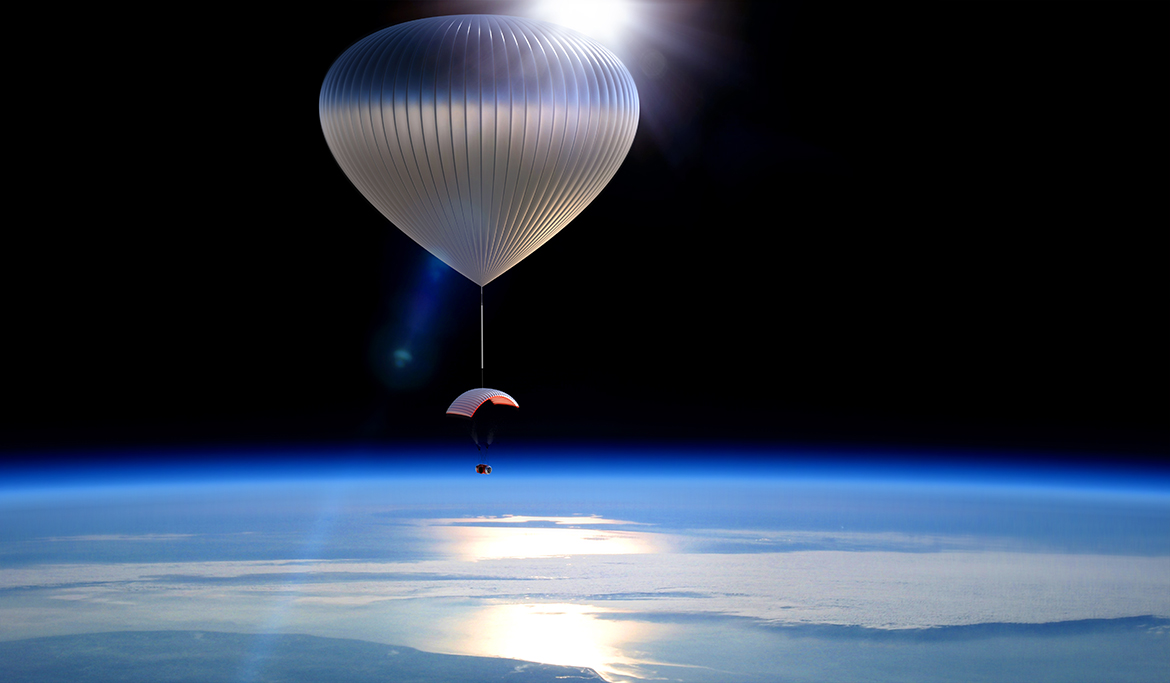
When will commercial flights begin?
The company, which was founded in 2012, has made considerable progress since its inception. One of World View’s earliest technical development programs was project StratEx, when the company broke the world record for the highest space dive of all time (a record that still stands today.) In October of 2014, Google Executive Alan Eustace traveled to the edge of space beneath a high-altitude balloon and returned safely via parafoil. After years of planning, preparation, and testing, Eustace and the team successfully completed a return from 135,908 feet, breaking world records in the pursuit to advance science and manned exploration of extreme environments. This project served as the foundation for a new era of commercial and private exploration at the edge of space, developing the core technology needed for the World View Voyager spaceflight system and giving the team critical operational experience.
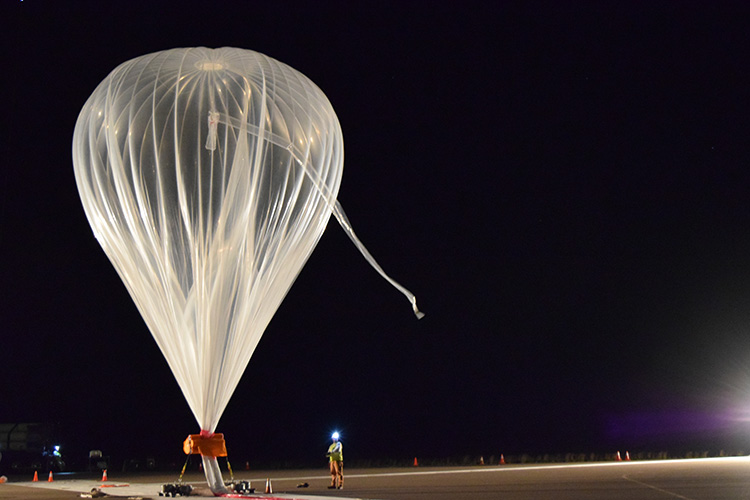
Since that project, World View has launched over fifty (50) high-altitude balloon missions, including a 10% scale un-crewed spaceflight vehicle and various sub-system and component test flights needed for the final spaceflight system.
The company just recently opened a new global headquarters in Tucson, Arizona, USA, where it now houses all of its own high-altitude balloon manufacturing operations, R&D, spacecraft assembly and integration, and mission control. The facility is co-located directly next to Spaceport Tucson, one of the world’s most prominent spaceports, where World View will launch all of its commercial Voyager flights.
World View won’t give an official launch date for its Voyages, citing the importance of patient and safe technology development, but claims to be working towards a late 2018 or early 2019 commercial launch target. Tickets are already on sale for pre-reservation, and World View says they already have a long waiting list. You can reserve your spot in line at www.worldview.space at an early price of $75,000 USD per ticket, with only a 10% deposit ($7,500 USD) due at reservation.
The team
World View is led by founder and CEO Jane Poynter, one of the world’s first spaceflight entrepreneurs and an original crew member that lived inside of Biosphere 2 for two full years, a completely self-contained environment meant to be the first ever prototype space colony experiment. The team also includes NASA Space Shuttle Commander Mark Kelly, Dr. Alan Stern (the former head of science at NASA,) and Taber MacCallum (a popular science inventor of the year and founder and leader of Paragon Space Development Corporation, one of the world’s most prominent life support space technology companies.)
 The Experience of a Lifetime
The Experience of a Lifetime
Travel is what inspires us to dream and exploration is the pinnacle of the human experience. The next travel frontier is not terrestrial – it will be into space – the ultimate destination. And companies like World View will make routine, safe, and accessible citizen space travel possible. And perhaps most amazingly, the idea of vacation in space is no longer science fiction or a fantasy. It’s a reality that is just around the corner. Will you reserve your spot in history?

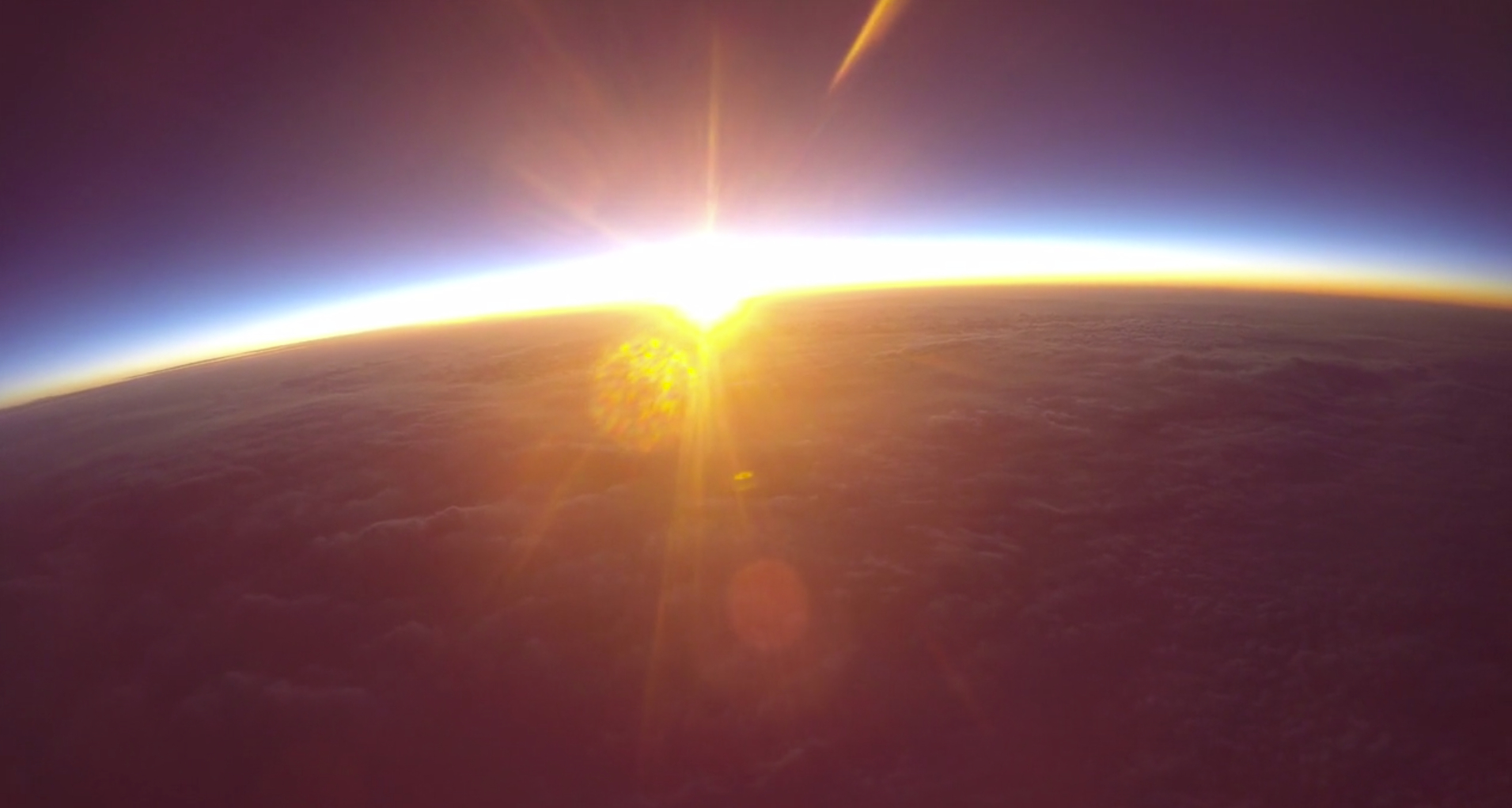 The Experience of a Lifetime
The Experience of a Lifetime